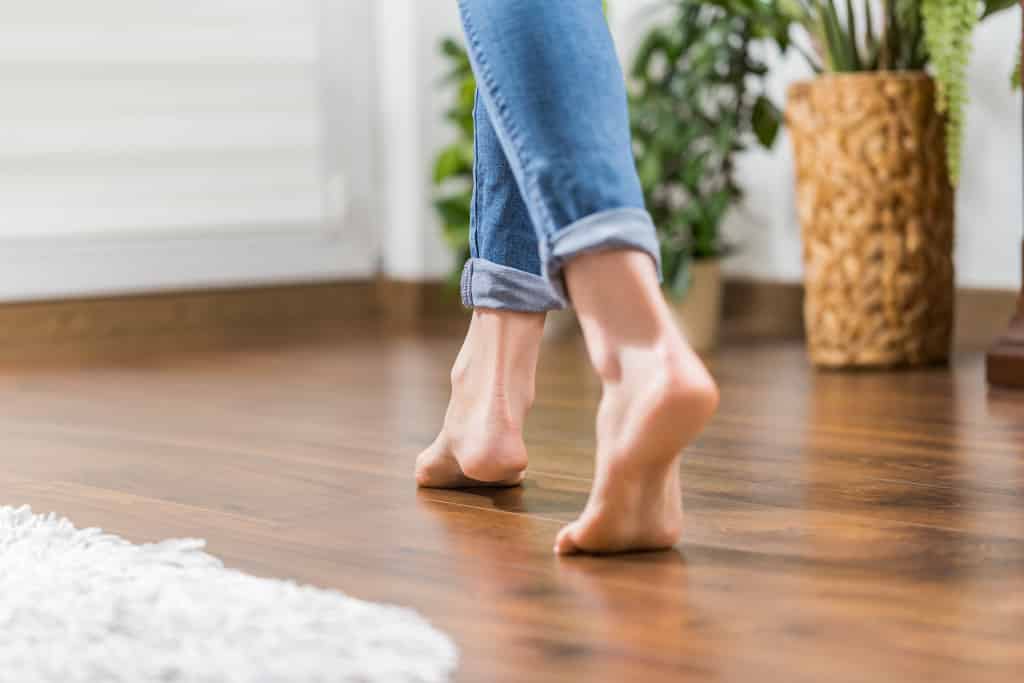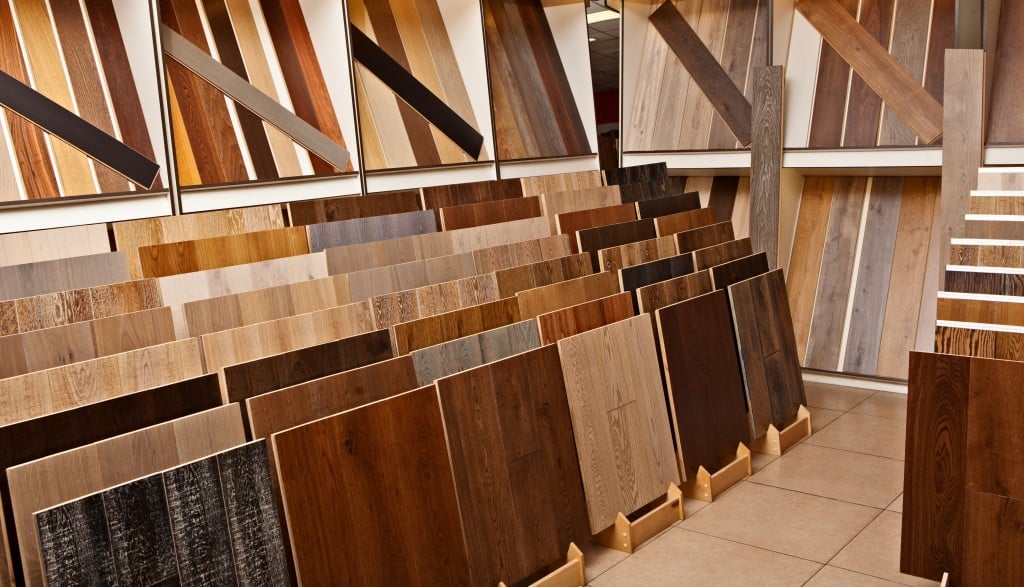Designers and home builders use these materials to create the “green homes” of the future. Since flooring is an essential element in construction, choosing the right equipment can be challenging. However, with the availability of floor coverings on the market, finding a suitable one is easy.
From recycled PET bottles to jute, here are environmentally friendly flooring solutions that will add style and sustainability to any home.
Upcycled wood
Upcycled wood or hardwood is chic. It gives a certain aura or appeal when incorporated into a home’s design. However, to achieve that rustic look, trees must be cut. But thanks to the upcycling trend, hardwood floors are popular again. Some interior designers even use a laser and engraving machine to add custom designs for their projects.
Upcycled wood is known for its durability, making it an ideal flooring alternative. Hardwood is also resistant to rot and wear, so it can last a lifetime.
Cork Oak
Before, cork was used to seal our favorite bottle of wine or as a memo board. But now, it’s also used as a flooring material. Commonly found in the forests of the Mediterranean, it’s harvested from the bark of a cork oak tree. Since its bark grows every three years, it makes it a good source of renewable materials.
Cork helps reduce allergens found inside a home. It also has anti-microbial properties, a natural fire-retardant, and insect-repellent. Depending on its quality, cork can last between 10 to 30 years, which makes it ideal for home use.
Linoleum sheets

Falling in favor of vinyl in the 1940s, linoleum is making its comeback into the mainstream. While most people think that linoleum and vinyl are the same, they’re actually not. Vinyl is composed of chlorinated petrochemicals, which makes it harmful to the environment. Linoleum, on the other hand, it made from a combination of tree resins, wood flour, linseed oil, and cork dust.
Linoleum is available in tiles, planks, or sheets. Its anti-microbial properties make it an excellent choice for kitchen flooring. Known for its durability and resistance to wear and tear, it can last up to 25 years.
Hand-woven jute
A close relative of hemp, jute is soft to the touch and comfortable under the feet. It’s harvested by hand, soaked in water, pounded until flat, and dried to make the soft fiber for its yarn. Due to its properties, jute can be easily woven to create unique designs.
Jute is hard-wearing, but it’s not recommended for kitchens or bathrooms. Humidity and water can easily damage its fibers. It’s ideal for bedrooms and low-traffic areas inside the house.
Polyester PET Carpet
Made from recycled plastic (PET) bottles, a polyester PET carpet is another flooring alternative. It’s made from recycled plastic bottles, which makes it perfect for daily use. This carpet’s flecked appearance can be quickly partnered with any color scheme.
Polyester PET carpets are spill-resistant and long-lasting. However, walking on it barefoot can be a bit uncomfortable, and it can snag easily. In spite of these, it’s a highly-recommended flooring option for builders and designers.
Sustainability is the new design style. Consider these materials for your next design or construction project. They’re stylish, durable, and eco-friendly.
